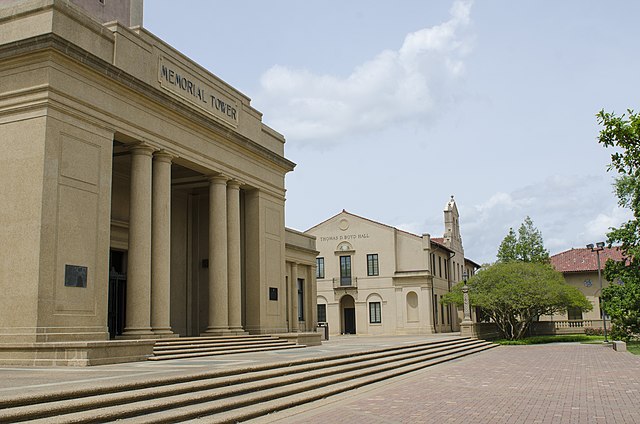Graves Erskine’s upbringing and early life

Born in Columbia, Louisiana, in 1897, Graves Erskine exhibited remarkable intelligence from an early age. By the age of 15, he had already achieved the distinction of valedictorian at his high school. He furthered his education at Louisiana State University before beginning his military career by enlisting in the Louisiana National Guard.
Erskine’s dedication to his country became clear during his service on the Mexican border in 1916. After completing this assignment, he returned to his studies and graduated the following year. He then joined the US Marine Corps Reserve and was promoted to second lieutenant within the same year.
Graves Erskine’s service during World War I

In January 1918, Graves Erskine went to France as a platoon leader with the 6th Marine Regiment. Although the First World War had less than a year remaining, the Marine participated in several crucial and high-profile battles, notably the renowned Battle of Belleau Wood. Taking place from June 1-26, 1918, during the German spring offensive, the engagement was a pivotal moment in US Marine Corps history, solidifying the service’s reputation as a battle-ready force.
Erskine also played a role in the Battle of Château-Thierry, where he sustained injuries. Additionally, he was wounded during the Saint-Mihiel Offensive in September 1918, an operation in which Gen. John Pershing aimed to break through the German line and capture Metz.
Following these experiences, he was repatriated to the United States, where he underwent nine surgeries and spent over a year in the hospital.
Transporting the Unknown Soldier

In 1921, Graves Erskine served aboard the USS Olympia (C-6) as a captain, alongside fellow Marines, entrusted with the solemn mission of repatriating the body of an unidentified soldier – known as the Unknown Soldier – back to the United States.
The casket was securely fastened to Olympia‘s deck, and Erskine assigned his men to keep a vigilant watch over it in shifts lasting four hours each. During the return journey, the ship navigated through the Tampa Bay hurricane, one of the most intense storms in US history. Despite the tumultuous seas, Olympia‘s crew faithfully fulfilled their duty by safeguarding the Unknown Soldier.
Upon the vessel’s arrival in Washington, DC, a dedicated team of Marines carefully carried the casket off the ship, while their comrades stood in salute, paying their respects to the Unknown Soldier.
Graves Erskine’s service during World War II

In 1928, Graves Erskine was sent to Nicaragua as part of the 2nd Marine Brigade. His duties grew as he took on the role of bodyguard for Nicaraguan President José María Moncada Tapia, a position that arose from his work with the Nicaragua National Guard Detachment. Erskine also commanded a battalion during operations against bandits in the northern parts of the country.
Throughout the interwar years, Erskine steadily advanced in rank. As World War II began, he became the chief of staff for the Amphibious Force, Atlantic Fleet, and by September 1942, he held the same position with the Amphibious Corps, Pacific Fleet. His efforts in the Pacific Theater earned him a promotion to brigadier general the following year.
Erskine played a central role in several key offensives, including those on Tinian, Saipan and the Kwajalein Atoll. However, his most memorable achievement came during the Battle of Iwo Jima.
After being promoted to major general, Erskine took command of the 3rd Marine Division, one of the crucial US military units in the assault on Iwo Jima. The American victory there, like the heroism displayed at Belleau Wood, cemented its status as one of the Marine Corps’ most legendary battles.
Graves Erskine’s later life

After World War II, Erskine continued his military service. His post-war efforts initially included developing programs to assist Marines in easily transitioning back into civilian life. He was then called to Washington to assume the role of administrator for the Retraining and Reemployment Administration (RRA).
Following his tenure in the nation’s capital, Erskine resumed active duty, assuming leadership roles at Marine Corps Base Camp Pendleton, California. He also served as the deputy commander of Fleet Marine Force, Pacific. In July 1951, he was appointed as the commanding general of Fleet Marine Force, Atlantic, a position he held until his retirement in ’53.
Upon exiting the Marine Corps, he was bestowed with a promotion to four-star general, recognizing his valor in combat.
More from us: The Enduring Legacy of Submarine Commander Dudley Morton
New! Want to become a trivia master? Sign up for our War History Fact of the Day newsletter!
